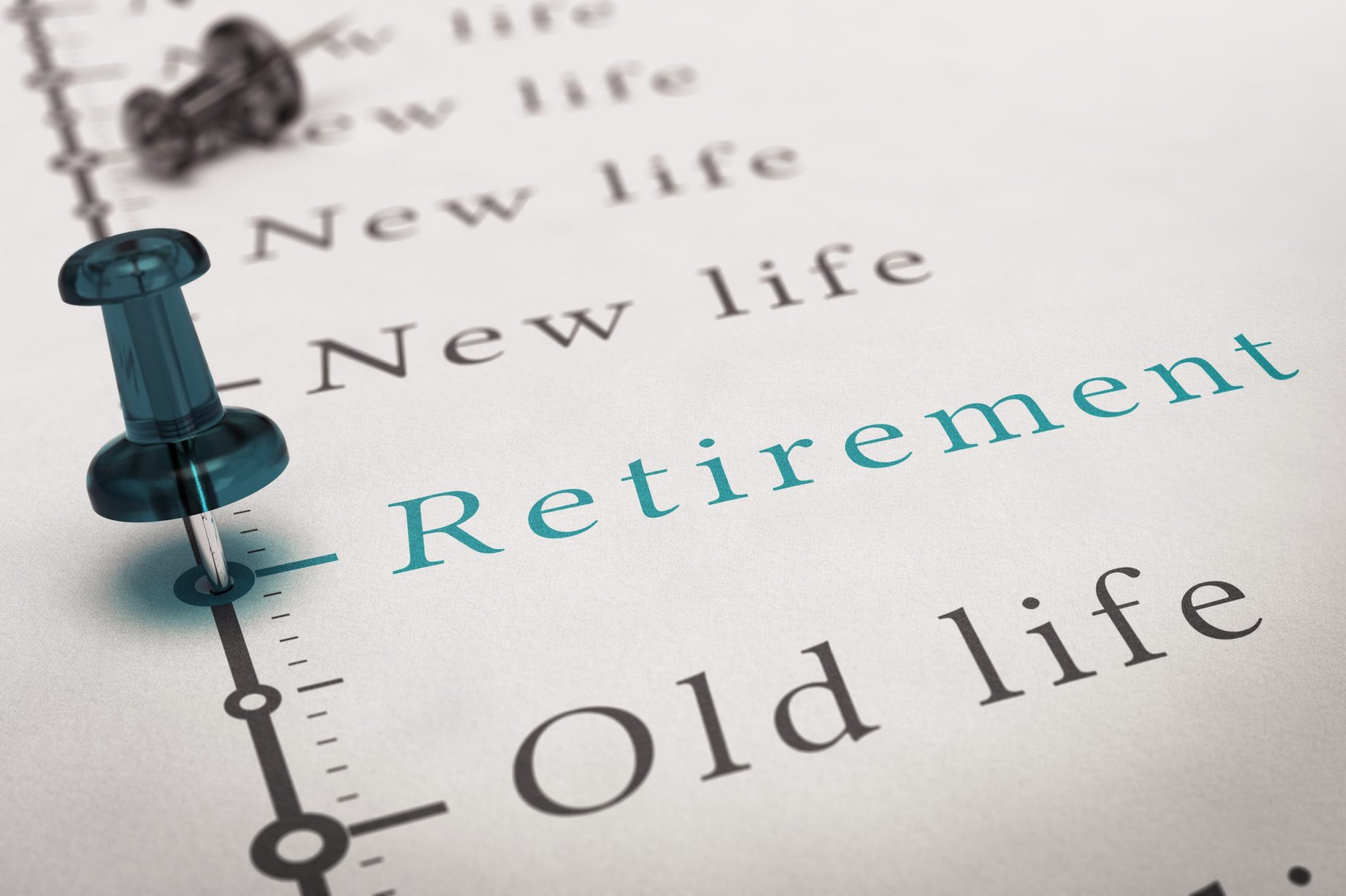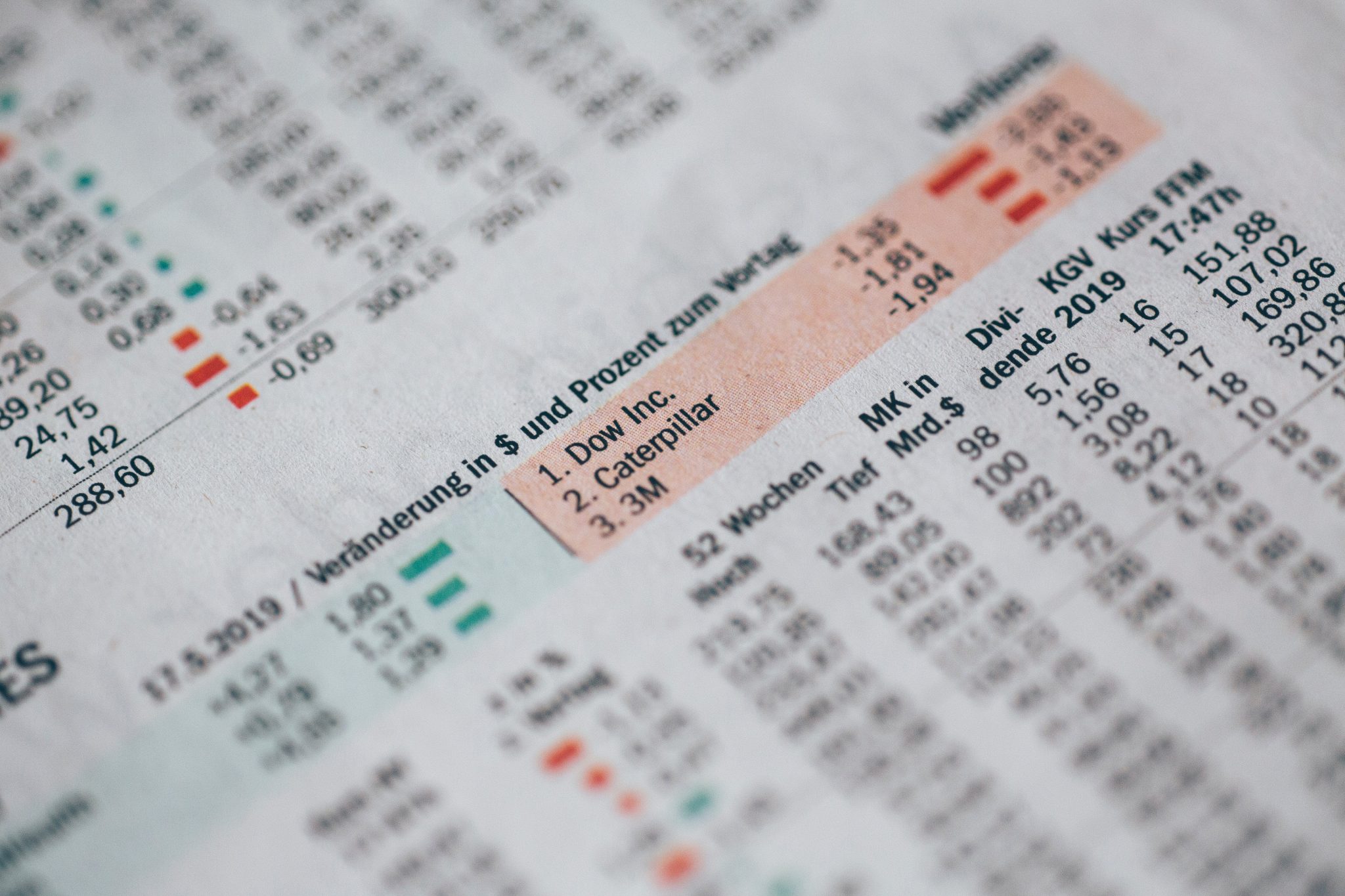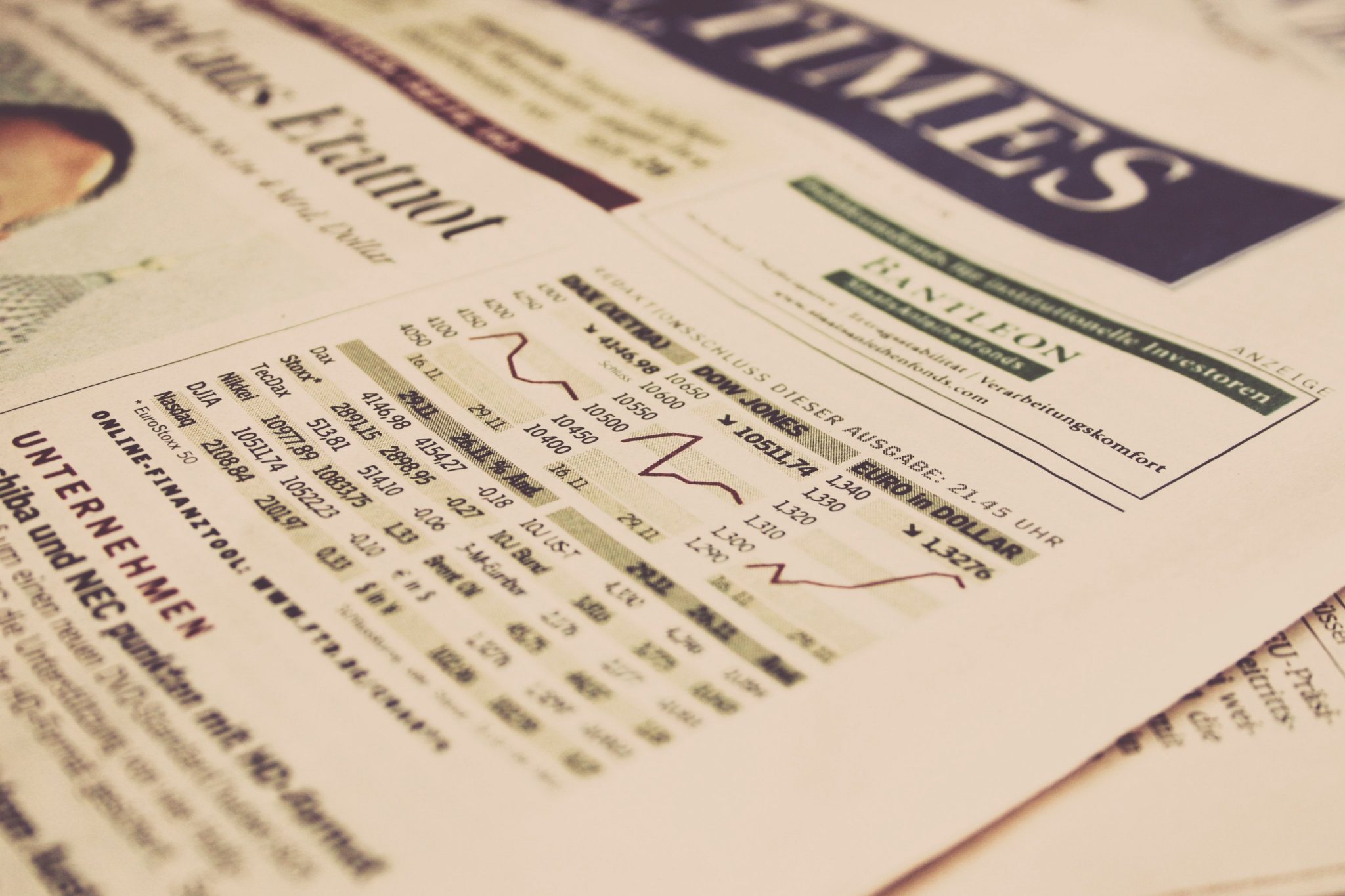Roth conversions can be a good strategy to reduce your tax bill both before and during retirement. If you are thinking about what you should do with your retirement money in a recession or bear market then a Roth conversion is something you should consider. A large market drop provides a good opportunity to convert even more of your retirement savings to a Roth IRA with an even lower tax bill.
The benefit is even greater if you still have a long-term mindset and are in a lower tax bracket than you anticipate in retirement.
In this article I’ll explain how this works and show you how you might can use this strategy to get tax-efficient income for retirement.
How Are Roth Conversions Taxed?
When you convert money from a tax-deferred retirement account to a Roth IRA you are taxed on the AMOUNT that you convert. Suppose you have $500,000 in a tax-deferred 401k or 403b. If you convert that full amount you’ll have to include $500,000 in your taxable income.
Suppose instead you convert only a portion of your account, or $25,000. In that case you would include the $25,000 dollars in your taxable income.
The point here is to understand that the taxable value is the amount that you convert.
Why Should I Do Roth Conversions When the Market is Down?
Changes in Your Investment Value
If your retirement money is invested in stocks, or mutual funds and ETFs that contain stocks then your account value will fall when the market drops. You’ve no doubt experienced market movements over the course of saving of retirement and are familiar with that idea. Remember how much fun 2008 was?
Remember though that you still hold the same number of shares you held before the market dropped.
Lets assume for simplicity that your $500,000 is invested in 5,000 shares of an ETF that are each worth $100.
If the market takes a hard dive and your account value drops by 50% you will have $250,000. Simple enough.
Specifically, you’ll still have 5,000 shares but they will each be worth $50 now. That’s an important fact.
You Get to Convert a Larger Percentage
Now lets dig deeper on the scenario in which you convert $25,000 into a Roth IRA.
- If you convert $25,000 when shares are $100 each you will convert 250 shares, or 5% of your portfolio.
- If you convert $25,000 when shares are $50 each you will convert 500 shares, or 10% of your portfolio.
In both situations you are converting $25,000 and will have to pay income tax on $25,000. But in the second scenario, converting after your account value has fallen, you are converting a larger portion of your portfolio.
Why Does it Matter?
The whole reason you are converting money to a Roth IRA is to be able to withdraw it tax-free in retirement. Converting when the market is down allows you to convert a larger portion of your account for the same cost. You’ll pay income tax on $25,000 either way.
The two examples above may seem like a wash, so let’s look at a side-by-side comparison.
Suppose that after the conversion each of your ETF shares are now worth $200. At 5,000 shares you have $1,000,000 in your retirement savings.
The value of your accounts are:
If you converted 250 of your 5,000 shares you have 5% of that $1,000,000 in a Roth IRA. That’s $50,000 in a Roth IRA that can be withdrawn tax-free. The remaining $950,000 is still in the tax-deferred account.
If you converted 500 shares you have 10% of that $1,000,000 in a Roth IRA. That’s $100,000 that can be withdrawn tax-free. The remaining $900,000 is in the tax-deferred account.
You can calculate that two ways: 1. 250/5000 = 5% X $1,000,000 = $50,000 OR 2. 250*$200 = $50,000/$500,000 = 5% Either way you want to think about it works. Go with the method that makes the most sense to you and is easiest to follow and keep straight. The same method applies to the 10% example or whatever your situation is.
Of course, that only reflects one example and one conversion. If you do several conversions over multiple years then this would apply to each conversion you do during a down market. You could also convert a larger percentage of your portfolio. This example simply serves as an illustration to show you how it works.
What If I’m Building a Roth Conversion Ladder?
Be mindful if you are building a Roth Conversion Ladder to prepare for an early retirement. In that specific situation the amount that you convert is the principal amount that you can withdraw early without incurring the penalty. Converting in a down market doesn’t directly affect that. You simply convert whatever amount you convert.
However, you’ll still have the benefit of any growth on the conversion amount being in the Roth. You can of course withdraw that growth tax and penalty free later.
Want to talk about whether a Roth conversion is right for you? Email me at [email protected] or call 903-471-0624 and I’ll be glad to help you.







